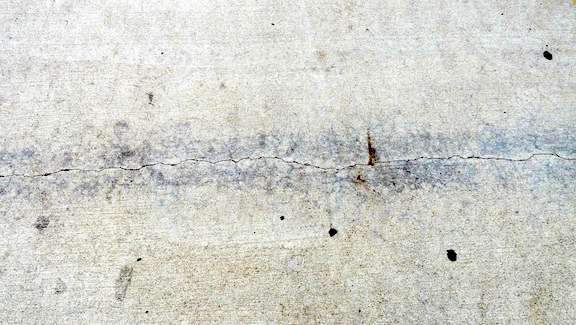As concrete deteriorates over time, even the smallest cracks can pose a major threat to the stability of a structure.
A team of biologists and materials scientists led by Jing Luo of Rutgers University in New Jersey, US, has demonstrated that serious problems caused by cracks in concrete can be eliminated by adding spores into the matrix.
The approach, once scaled up, could be used to affect permanent repairs to the structure of ageing buildings, and rapidly fix cracking in new ones.
Catastrophic impacts such as earthquakes or missiles aside, concrete cracks typically begin small. At that stage, they are of little consequence. However, they sometimes don’t stay that way.
“If micro-cracks expand and reach the steel reinforcement, not only the concrete will be attacked, but also the reinforcement will be corroded, as it is exposed to water, oxygen, possibly CO2 and chlorides, leading to structural failure,” explains co-author Congrui Jin.
Current remediation practice usually requires the extraction and replacement of the damaged concrete. However, this effectively is only a short-term fix. Given enough time, the new material will also crack.
Luo’s team aims to provide a radically different solution, using biology instead of engineering.
They propose including spores of Trichoderma reesei – a fungus first identified in the Solomon Islands during World War II, and currently widely used in biotechnology – together with nutrients.
Encased in a stable, oxygen-free environment, the spores will remain dormant.
“When cracking occurs, water and oxygen will find their way in. With enough water and oxygen, the dormant fungal spores will germinate, grow and precipitate calcium carbonate to heal the cracks,” explains Jin.
Eventually, fungal activity will completely seal the rift, cutting off oxygen and water, prompting the fungus to once again fall into a dormant spore state – placing it effectively on stand-by.
In a paper published in the journal Construction and Building Materials, Luo and his colleagues reveal that fungus-infused self-healing concrete is still some way from being ready to roll-out to the global construction industry.
One problem is keeping the fungus alive over time in the harsh micro-environment. However, the potential benefits arising from the finished product are simply too great to ignore.
“There are still significant challenges to bring an efficient self-healing product to the concrete market,” says Jin.
“In my opinion, further investigation in alternative microorganisms such as fungi and yeasts for the application of self-healing concrete becomes of great potential importance.”





























